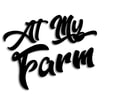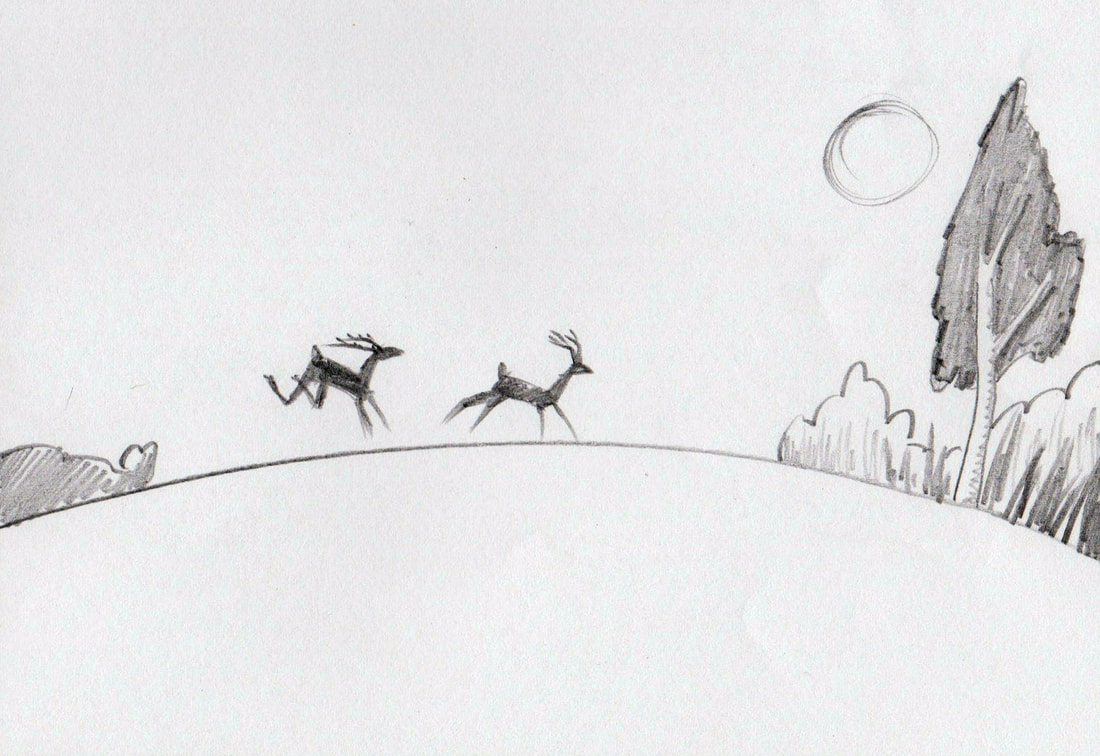|
Permaculture encompasses a range of practices. There are four that are an excellent starting place for anyone interested in permaculture farming or gardening - no dig gardening, companion planting, biological control and sustainable harvesting. Here are the procedures for each :
No Dig Gardening Clear area of weeds. Lay down a heavy layer of newspaper / cardboard to inhibit future weed growth. Follow this with a layer of woody matter such as sticks to create a structure on the bottom that provides aeration. Cover with pea straw. Wet the layers as you go. Cover next with a thick layer of manure and continue to add layers of green and brown materials, this can some from straw, lucerne, dried leaves, grass clippings, compost, manures, and blood and bone. Finish with another layer of straw and again wet down. Plant directly into the no dig garden bed. Companion Planting Companion planting requires combinations of plants that benefit each other by planting them in proximity. Each plant is different in how it is located with its companion. It may be planted at the base of a tree to repel pests for example, or it may be planted in the general vicinity to attract bees or confuse pest insects. Some plants can be used as windbreaks for other more susceptible plants, some produce chemicals in their roots that deter pests, others reputedly make certain crops grow better or taste better. Biological Control Certain animals will prey on others in the environment. By making a farm or garden more attractive to certain predators they can be used as biological control against unwanted pests. Lizards will eat snails and slugs for example, so providing them with spaces under rocks or logs will help promote a habitat for them to thrive. Wasps are a great predator for many other insects so planting chamomile, hyssop or dill for example will attract them. We have layered our walkways in our greenhouses to provide a home for spiders and the resulting demise of a range of pest insects was extremely successful. Sustainable Harvesting Sustainable harvesting focuses on methods that provide a constant harvest while allowing future yields to be unaffected or even improved. Managing crops in a way that ensures the chosen species is correct for the area and matches the weather patterns is vital. Ensuring the correct density of planting is chosen so as not to place pressure on environmental resources is another key aspect. Other techniques involve harvesting plants that don't show as much vigour as others first, which then allows surrounding plants to access more light, water and nutrient, introducing animal species that benefit the crops and carefully choosing the position of environmental elements and structures in a beneficial way.
0 Comments
Leave a Reply. |
permaculturefeatures
All
archives |


